What is Rice Flax Wax?
Rice Bran Wax, also known as Rice Bran Wax, is a vegetable wax extracted from the outer layer (bran) of rice grains during the oil extraction process. This hard, natural wax is a byproduct of rice oil production and is rich in fatty alcohols and esters. It is a vegan alternative to beeswax and is becoming increasingly popular in natural and plant-based cosmetics.
Benefits of Rice Flax Wax
Rice nonwax provides excellent structure and stability to formulations. It increases melting temperature, improves consistency and extends the shelf life of products. The wax forms a protective layer on the skin without leaving a sticky feeling. In addition, it is non-comedogenic and hypoallergenic.
Applications in Cosmetics
Rice husk wax is widely used in lip balms, deodorants, lotion bars, creams, makeup (such as lipsticks and eyeliners), and hair care products. It is ideal for vegan formulations because it is plant-based and performs a similar function to beeswax.
Technical Specifications
| Feature | Description |
|---|---|
| What is it? | Vegetable wax from the bran of rice |
| Usage rate in soap | 1-5%, helps in hardening |
| Usage amount in skin care | 1-10% |
| Usage rate in hair care | 1-5% |
| Used in well-known products | Lip balms, lipsticks, deodorants, lotions |
| Advantages in formulations | Structure, stability, vegan alternative to beeswax |
| Amount of free radicals | No |
| Amount of antioxidants | Low, contains traces of tocopherols |
| Amount of anti-inflammatories | Limited, soothing effect |
| Quantity of fatty acids | Rich in long-chain fatty alcohols and esters |
| INCI | Oryza Sativa (Rice) Bran Wax |
| Saponification value (NaOH). | Approximately 0.11 |
| Saponification value (KOH). | Approximately 0.16 |
| CAS number | 8016-60-2 |
| EINECS number | 232-409-7 |
| Customs tariff HS code | 1521.90 |
| How is it harvested? | By-product of rice oil production from bran |
| Production method | Filtering and refining of unprocessed rice oil |
| What is the production process? | Extraction from rice oil followed by refining and filtration |
| Color | Light yellow to cream |
| Viscosity | Firm, hard at room temperature |
| Origin | Mainly Asia (India, Thailand, Japan) |
| Fragrance | Neutral to slightly vegetal |
| Absorption rate | Slow, forms a protective layer |
| Rated melting temperature | 75°C – 85°C |
| Similar oils/fats | Beeswax, candelilla wax, carnauba wax |
| Storage and shelf life | Store cool, dry and dark; keep for up to 2 years |

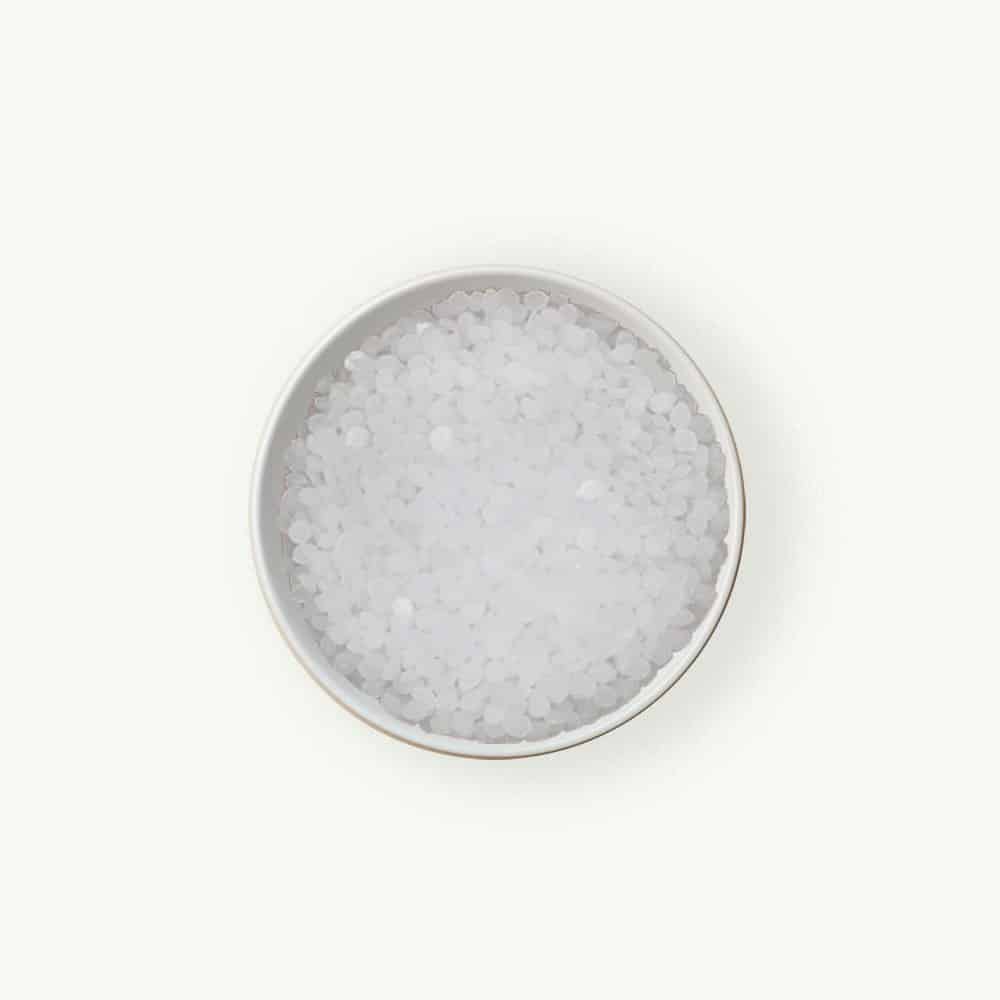
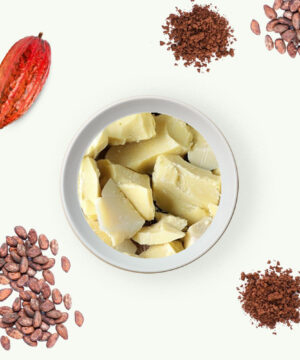
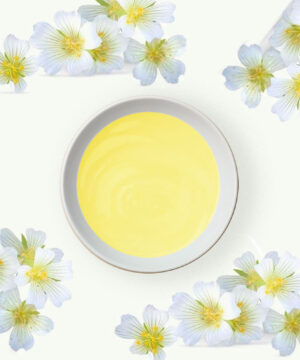
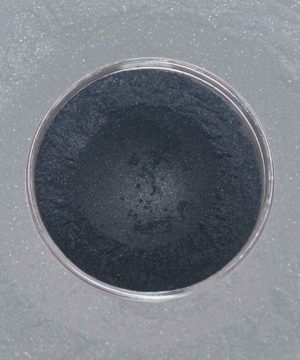
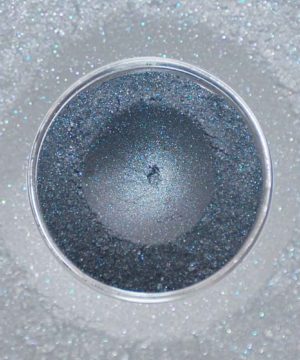
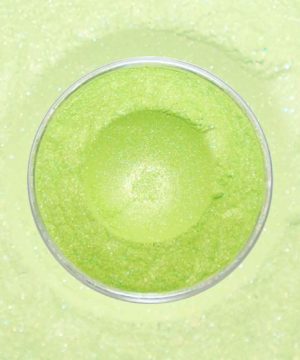
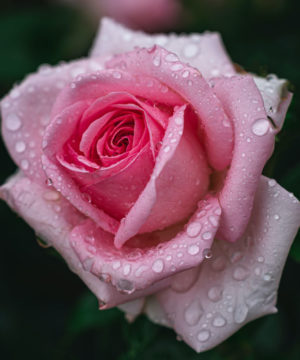
Reviews
There are no reviews yet.